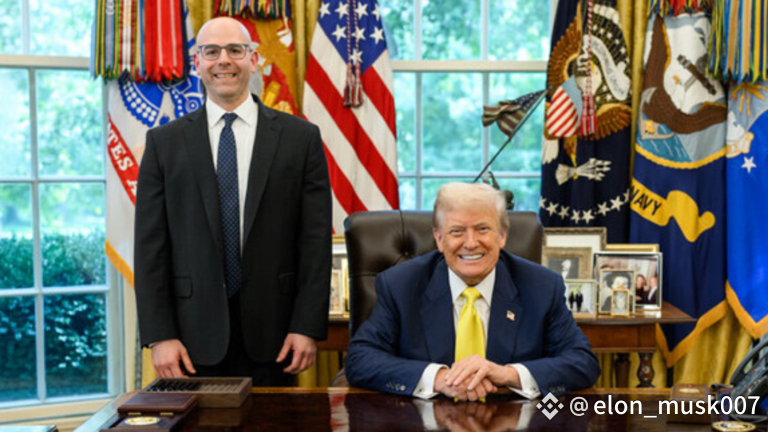President Donald Trump has nominated Stephen Miran, the chair of the Council of Economic Advisors, to serve as a new governor on the Federal Reserve Board. This appointment is seen as a strategic move, allowing Trump to buy time before making a final decision on the Fed chair position, which is currently held by Jerome Powell.
Appointment Details
- Stephen Miran will temporarily fill the seat vacated by Adriana Kugler, a Biden appointee, and will serve until January 31, 2026, pending Senate approval.
- This nomination marks Trump's first significant influence over the Federal Reserve, an institution he has frequently criticized for its monetary policy decisions.
Miran's Background and Views
- Miran has been a staunch supporter of Trump's economic policies, including tax cuts and tariffs, arguing that these measures will stimulate economic growth.
- He has previously expressed skepticism about the Fed's aggressive stimulus measures during the COVID-19 pandemic and has been critical of Jerome Powell's approach to interest rates.
Political Implications
- The nomination raises concerns about the potential for increased political influence over the Fed, which has traditionally operated independently from the executive branch.
- Miran's appointment could shift the Fed's stance towards lower interest rates, aligning more closely with Trump's economic agenda.
Market Reactions and Future Outlook
- Financial markets are closely watching the developments surrounding Miran's nomination, especially as the Federal Open Market Committee prepares for its next meeting.
- Analysts suggest that Miran's presence on the board could lead to a more dovish approach to monetary policy, particularly in light of ongoing economic challenges.
Conclusion
Stephen Miran's nomination to the Federal Reserve Board represents a pivotal moment in U.S. monetary policy, with potential implications for interest rates and economic strategy. As the Senate prepares to review his appointment, the financial community remains attentive to how this change may influence the Fed's future decisions.
